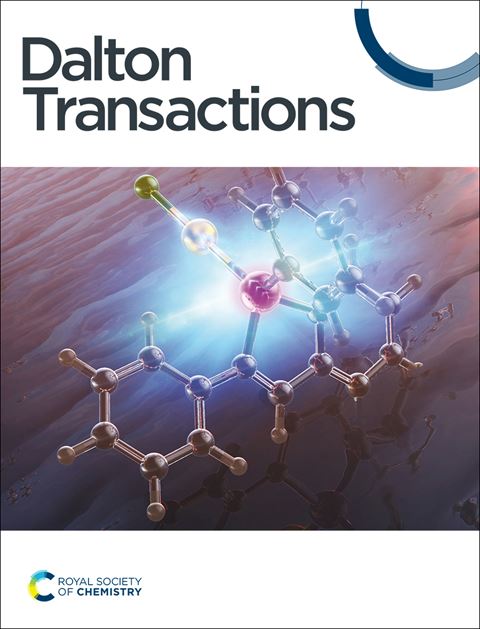采用原子层和分子层沉积方法制备人工固体电解质界面
IF 3.5
3区 化学
Q2 CHEMISTRY, INORGANIC & NUCLEAR
引用次数: 0
摘要
原子层沉积(ALD)和分子层沉积(MLD)技术以其独特的能力而闻名,即使在复杂的3D结构和粉末上也能均匀地产生无针孔和保形薄膜,厚度控制在亚纳米以下。由于这些特性,它们被认为是制造锂离子电池组件超薄保护涂层的极有前途的技术,可以提高电池的性能和寿命。在早期的研究中,重点是原型ALD材料,如Al2O3,但最近的范围已经大大扩大到涵盖各种锂基材料,旨在提高涂层中的离子电导率和增强锂离子动力学,以及ALD/ mld生长的具有增强弹性和机械柔韧性的金属有机物,以更好地调节电池充放电循环过程中涂层电极材料的体积变化。此外,为了最接近地模拟最先进的锂离子电池中自然形成的固体电解质间相(SEI)层,该层应该包括碳酸盐物种。在这篇前瞻性综述中,我们简要介绍了这一令人兴奋和及时的研究领域的现状,并讨论了进展的预期前景和挑战。本文章由计算机程序翻译,如有差异,请以英文原文为准。
Artificial solid electrolyte interphases by atomic and molecular layer deposition
Atomic layer deposition (ALD) and molecular layer deposition (MLD) are techniques known for their unique capability to produce pinhole-free and conformal thin films uniformly, even on complex 3D architectures and powders, with sub-nm thickness control. Owing to these characteristics, they are recognized as highly promising techniques for the fabrication of ultrathin protective coatings on Li-ion battery components to improve battery performance and lifetime. In the early studies, the focus was on archetypal ALD materials such as Al2O3, but recently the scope has considerably widened to cover various Li-based materials, aiming at a better ionic conductivity and enhanced Li-ion kinetics in the coating, as well as ALD/MLD-grown metal–organics with enhanced elasticity and mechanical flexibility to better moderate the volume changes in the coated electrode materials during battery charge–discharge cycling. Also, to most closely mimic the solid-electrolyte interphase (SEI) layers that naturally form in state-of-the-art Li-ion batteries, the layer should include carbonate species. In this perspectival review, we present a brief account of the current state of this exciting and timely research field, and discuss the foreseen prospects and challenges for progress.
求助全文
通过发布文献求助,成功后即可免费获取论文全文。
去求助
来源期刊

Dalton Transactions
化学-无机化学与核化学
CiteScore
6.60
自引率
7.50%
发文量
1832
审稿时长
1.5 months
期刊介绍:
Dalton Transactions is a journal for all areas of inorganic chemistry, which encompasses the organometallic, bioinorganic and materials chemistry of the elements, with applications including synthesis, catalysis, energy conversion/storage, electrical devices and medicine. Dalton Transactions welcomes high-quality, original submissions in all of these areas and more, where the advancement of knowledge in inorganic chemistry is significant.
 求助内容:
求助内容: 应助结果提醒方式:
应助结果提醒方式:


